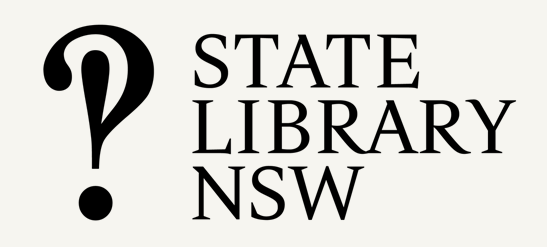There’s been so much said and written recently about the increasing uses for artificial intelligence and machine learning – both positive and positively-alarming – but how can libraries use these technologies to benefit our work with collections and researchers? And do you have to complete a degree in data science first?
A panel of library and information professionals joined us for a jargon-free webinar about their experiences with AI, and how libraries and librarians are thinking about using these technologies to their advantage, followed by questions and discussion.
Speakers:
- Librarians in the loop with AI – Ingrid Mason, data specialist and librarian, currently working with the Australian Data Archive, ANU
Each time new technologies are taken up by the library profession, a process of evaluation occurs (investigation and experimentation) and then translation. Librarians will be at the heart of AI-enabled change in the library and the critical reworking of library and information science practices. - Stewarding data-rich collections for use and re-use – Rachel Merrick, Lead, Metadata Services, State Library of Queensland
Data is a fundamental part of what we do in libraries. It is obvious in our databases and digitised indexes, but we can actually find data in almost all library and archival collections. We need to lead by example to uncover data in our collections in creative ways and to make our data more usable, structured and open for people and machines. Ultimately, we aim to empower users to create connected, rich digital experiences from our diverse collections and content. - Libraries, artificial intelligence and data manipulation: risks and responsibilities – Kevin Bradley, Assistant Director General (Collection), National Library of Australia and Dr Paul Wong, Senior Lecturer and Associate Director Research, School of Cybernetics, ANU
To make our growing collections more available and openly accessible, libraries are looking to technology to do some of the work that library workers once did: creating catalogue records, reading text, turning speech to text, searching content in the collection, and harvesting data to synthesise records. These automated approaches lend themselves to new ways of finding and using the collections, however, we must be aware of the impact on users, and the bias, blind spots, unintended consequences of the planned new approaches. The National Library and the 3AI Institute at ANU are investigating these issues.
Related links and resources
AI4LAM (Artificial Intelligence for Libraries, Archives and Museums)
Open data strategy and action plan – State Library of Queensland
Unstacked – State Library of Queensland
Mapping Future Brisbane – Keir Winesmith/State Library of Queensland
3AI Institute – Australian National University
Presentation slides:









